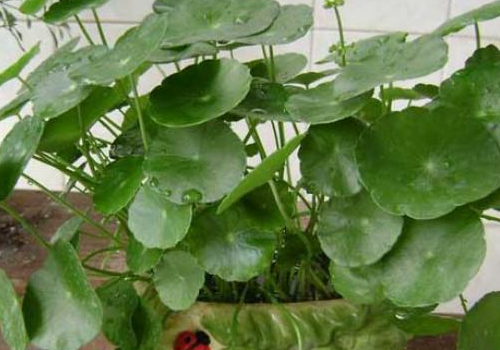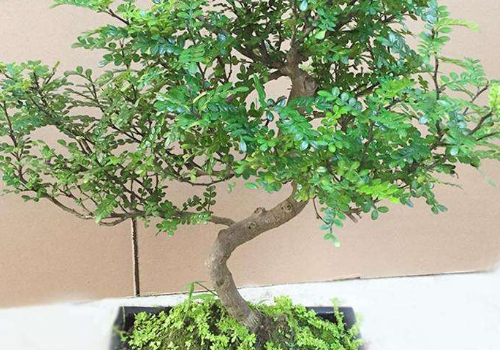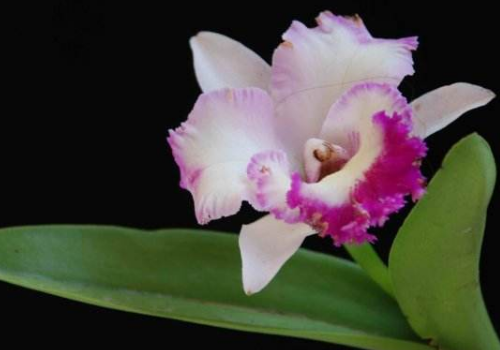Is the mirror grass poisonous? how do you love the leaves?
Although mirror grass and copper grass are very similar in color and shape, it is easy to distinguish between the two if you distinguish them carefully. Is mirror grass poisonous? What is it about falling in love with leaves:
Is mirror grass poisonous:
Rabdosia angustifolia is a perennial succulent herb of Urticaceae. Originated in western Yunnan and Hengduan Mountain area of Sichuan, it likes yin and has the effect of anti-inflammation and detoxification. After artificial cultivation, it is found that sunny can also grow very well, suitable for foliage flowers raised in the balcony or indoor, is a species of high ornamental value.
Although all plants breathe, they release some gas. But the gas released by mirror grass is non-toxic, not only that, mirror grass can also absorb some waste gas, making the indoor air cleaner, so it is non-toxic.

How the mirror grass loses its leaves:
1. Lack of sunlight mirror grass is a shady and cold-tolerant plant, which can grow well even in full shade. However, in the family care, it seems that it is not suitable for the full shade of the family light, if the light is not enough, it will grow badly and the leaves will fall off. So when you are in maintenance, you should pay attention to the treatment of light.
2. lack of water, mirror grass is a hypocritical plant that likes water but is afraid of waterlogging. In dry environment, the plant lacks water, and the leaves are easy to wilt and droop, or even fall, resulting in plant death.
3. Too much fertilizer concentration, flowers and succulent plants do not like thick fertilizer, so they like small, fresh, thin fertilizer water. Excessive fertilizer concentration directly weakens the ability of roots to absorb oxygen, resulting in plant lodging, leaf fall, and even plant death.
Mirror grass is non-toxic and can be hydroponically cultured.
Is mirror grass poisonous? can you keep it at home?
Is mirror grass poisonous?
The editor first tells you loudly: mirror grass is non-toxic! Automatic brain filling three times!
Rabdosia angustifolia is a perennial succulent herb of Urticaceae. Originated in western Yunnan and Hengduan Mountains of Sichuan, Xiyin. According to the record of Yunnan Medicine, Mirror Grass can treat swelling and pain, can be used for bone grafting, and can solve erysipelas. It has the effect of anti-inflammation and detoxification.
After artificial cultivation, it is found that sunny can also grow very well, suitable for foliage flowers raised in the balcony or indoor, is a species of high ornamental value.
All plants breathe and release some gas. But the gas released by mirror grass is non-toxic, and not only that, mirror grass can also absorb some waste gas, making the indoor air cleaner.
Is mirror grass suitable for domestic breeding?
Mirror grass is more hardy and likes shade, but it can be raised well in a greenhouse where there is plenty of sun. Pay attention to summer shade in family farming, can also maintain a good state of growth.
Mirror grass is suitable for growing on peat soil with good wetting and drainage. With proper management of water and fertilizer, the leaves can grow green and bright, and the thick leaves are like bright mirrors, very beautiful and interesting.
Chinese people are very particular about taste, but if they raise a plant that is interesting and full of classical feelings, they will feel tasteful. Just imagine, the ancient room with a screen in the home is very charming and romantic.
The color of mirror grass is emerald green, like a round screen. In Yunnan, everyone calls it "Cuiping grass". Planted at home, like countless small screens, placed in the living room, very artistic conception.
The leaves of the well-raised mirror grass are dark green and shiny, and there is a golden dot in the upper middle of the leaf, so it is also called "a little gold".
Such an interesting pot of mirror grass, you can watch flowers and leaves, of course, suitable for domestic breeding. Hurry up to get a basin, and then in the spring afternoon, look at the mirrors, emit luster!
The main value of Mirror Grass
Mirror grass has thick, nearly round fleshy leaves and a shield-shaped petiole, much like the mirror of ancient fairies. The leaf is dark green and glossy, with a golden dot in the upper center of the leaf. There are radiating veins from the center to all sides, with clear lines, like golden lines, with a bit of high-end atmospheric elegance.
Since it was introduced into Europe in the early 20th century, it has been introduced and cultivated by botanical gardens and horticulturists in Britain, Sweden, Norway and other countries. It is regarded as a treasure of indoor foliage flowers and is deeply loved by people.
Its leaf shape is peculiar and its posture is beautiful. Growing rapidly. It is easy to breed and suitable for greenhouse, courtyard and indoor cultivation. It is not only an ideal foliage plant worth popularizing, but also a good material for making and decorating bonsai.
Purify the air
The respiration of mirror grass can absorb the waste gas in the air and then convert it into a conventional gas that is harmless to humans.
Mirror grass can also absorb a certain amount of radiation to prevent radiation damage to the human body.
There is a pot of mirror grass at home, which is not only pleasing to the eye, but also the air becomes fresh. A piece of leaves, swaggering in the wind, but also incidentally absorbed the dust in the air, it is really a good baby to see and use! No wonder Europeans regard mirror grass as a treasure!
Medicinal use
Mirror grass is a very important medicinal material in western Yunnan. In the hands of the Dai people, it can be a good medicine for reducing swelling and pain, can be an artifact of detoxification, and can connect tendons and bones. it is simply the closest plant that can be seen when living in the wild.
Red, swollen and inflamed skin, with mirror grass can be very good anti-inflammation and detoxification. It is recorded in the Records of Dian Medicine.
The above is about the introduction of whether mirror grass is toxic and its main value. If you want to know more, please pay attention to the four Seasons Plant Network!
- Prev

What are the common diseases of pepper wood? what leaves are yellowing and falling?
When watering pepper wood, you must pay attention to the quantity and times. What are the common diseases of pepper wood? What about the yellowing leaves: what are the common diseases of pepper wood: in fact, the disease of pepper wood is still relatively few, and anthrax is common. The initial stage of anthrax
- Next

What about the yellowing leaves of Cateran flowers? how to prune them?
The Cateran flower is called the queen of orchids because of the most colorful flowers in this genus. How to prune the yellowing leaves: 1. Water yellow: due to too much watering, the soil is wet for a long time, the air permeability is poor, and even some fibrous roots become rotten.
Related
- Fuxing push coffee new agricultural production and marketing class: lack of small-scale processing plants
- Jujube rice field leisure farm deep ploughing Yilan for five years to create a space for organic food and play
- Nongyu Farm-A trial of organic papaya for brave women with advanced technology
- Four points for attention in the prevention and control of diseases and insect pests of edible fungi
- How to add nutrient solution to Edible Fungi
- Is there any good way to control edible fungus mites?
- Open Inoculation Technology of Edible Fungi
- Is there any clever way to use fertilizer for edible fungus in winter?
- What agents are used to kill the pathogens of edible fungi in the mushroom shed?
- Rapid drying of Edible Fungi

